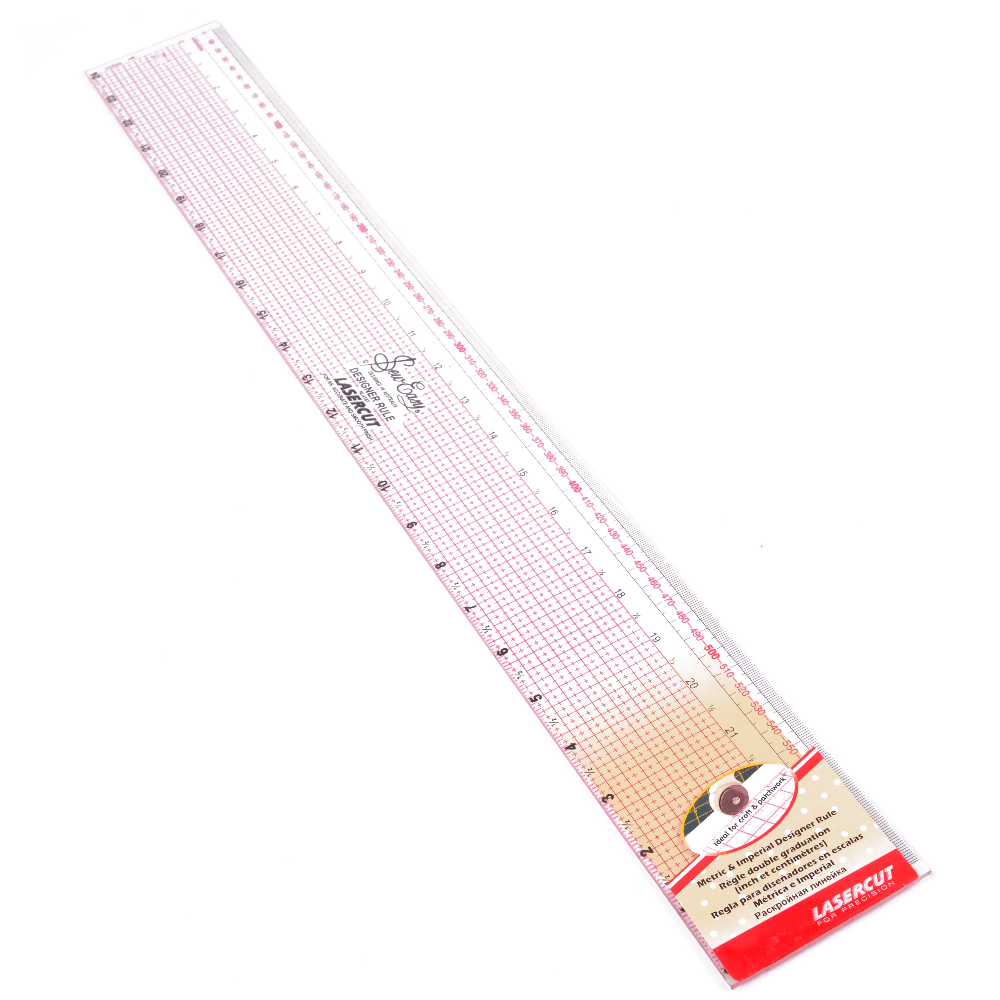

Followers of Shia Islam, however, believe a caliph should be an Imam chosen by God from the Ahl al-Bayt (the "Household of the Prophet"). The Sunni branch of Islam stipulates that, as a head of state, a caliph should be elected by Muslims or their representatives. Not all Muslim states have had caliphates, and only a minority of Muslims recognize any particular caliph as legitimate in the first place. The last caliphate, the Ottoman Caliphate, existed until it was abolished in 1924 by the Turkish Republic.

It was followed by the Umayyad Caliphate and the Abbasid Caliphate. The first caliphate, the Rashidun Caliphate, was established in 632 immediately after Muhammad's death. Throughout the history of Islam, a few other Muslim states, almost all hereditary monarchies such as the Mamluk Sultanate (Cairo) and Ayyubid Caliphate, have claimed to be caliphates. In the fourth major caliphate, the Ottoman Caliphate, the rulers of the Ottoman Empire claimed caliphal authority from 1517.

During the medieval period, three major caliphates succeeded each other: the Rashidun Caliphate (632–661), the Umayyad Caliphate (661–750), and the Abbasid Caliphate (750–1258). Historically, the caliphates were polities based on Islam which developed into multi-ethnic trans-national empires. info)), a person considered a political-religious successor to the Islamic prophet Muhammad and a leader of the entire Muslim world ( ummah).A caliphate or khilāfah ( Arabic: خِلَافَة, Arabic pronunciation: ) is an Islamic state under the leadership of an Islamic steward with the title of caliph ( / ˈ k æ l ɪ f, ˈ k eɪ-/ Arabic: خَلِيفَة Arabic pronunciation:, pronunciation ( help


 0 kommentar(er)
0 kommentar(er)
